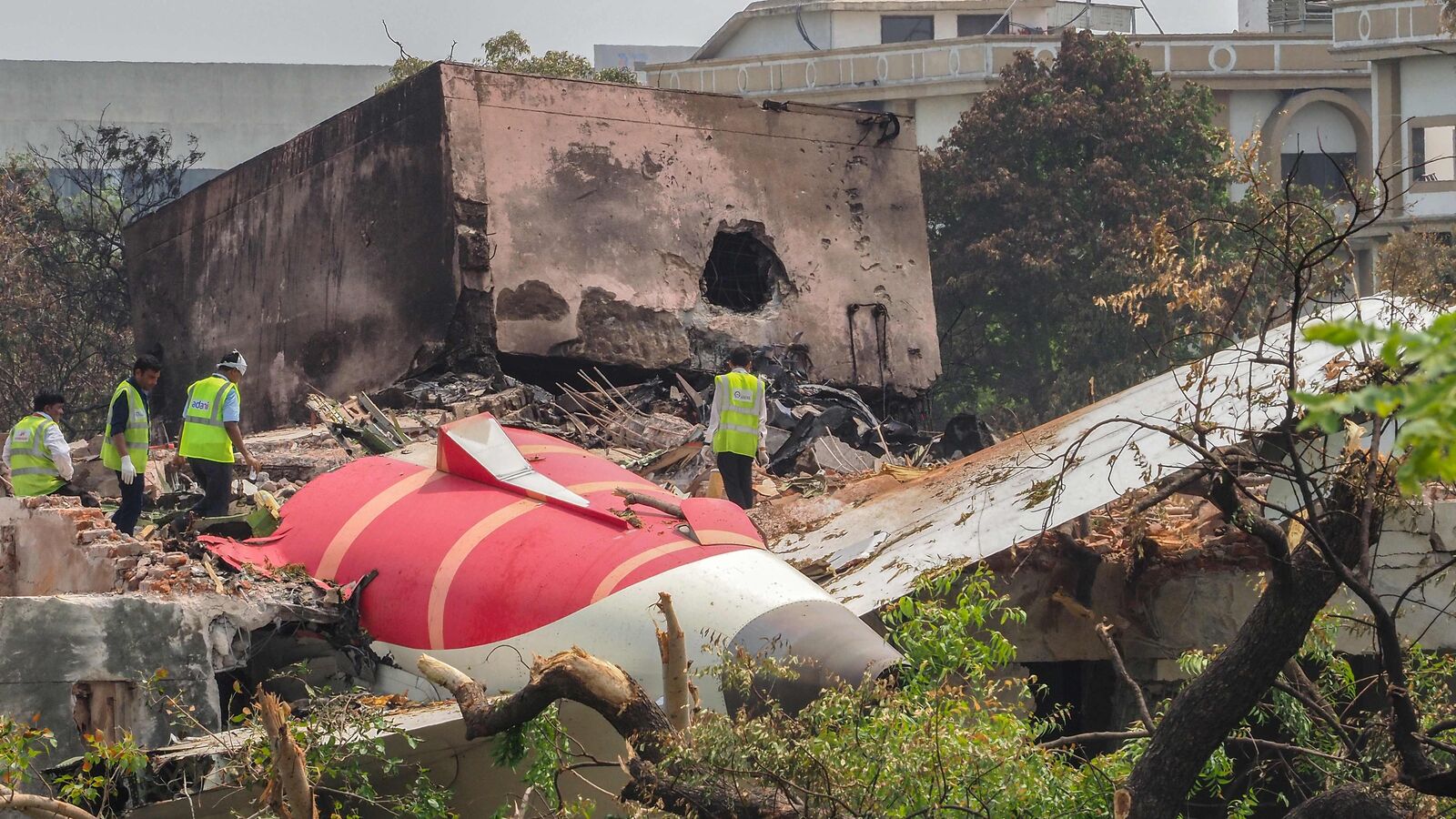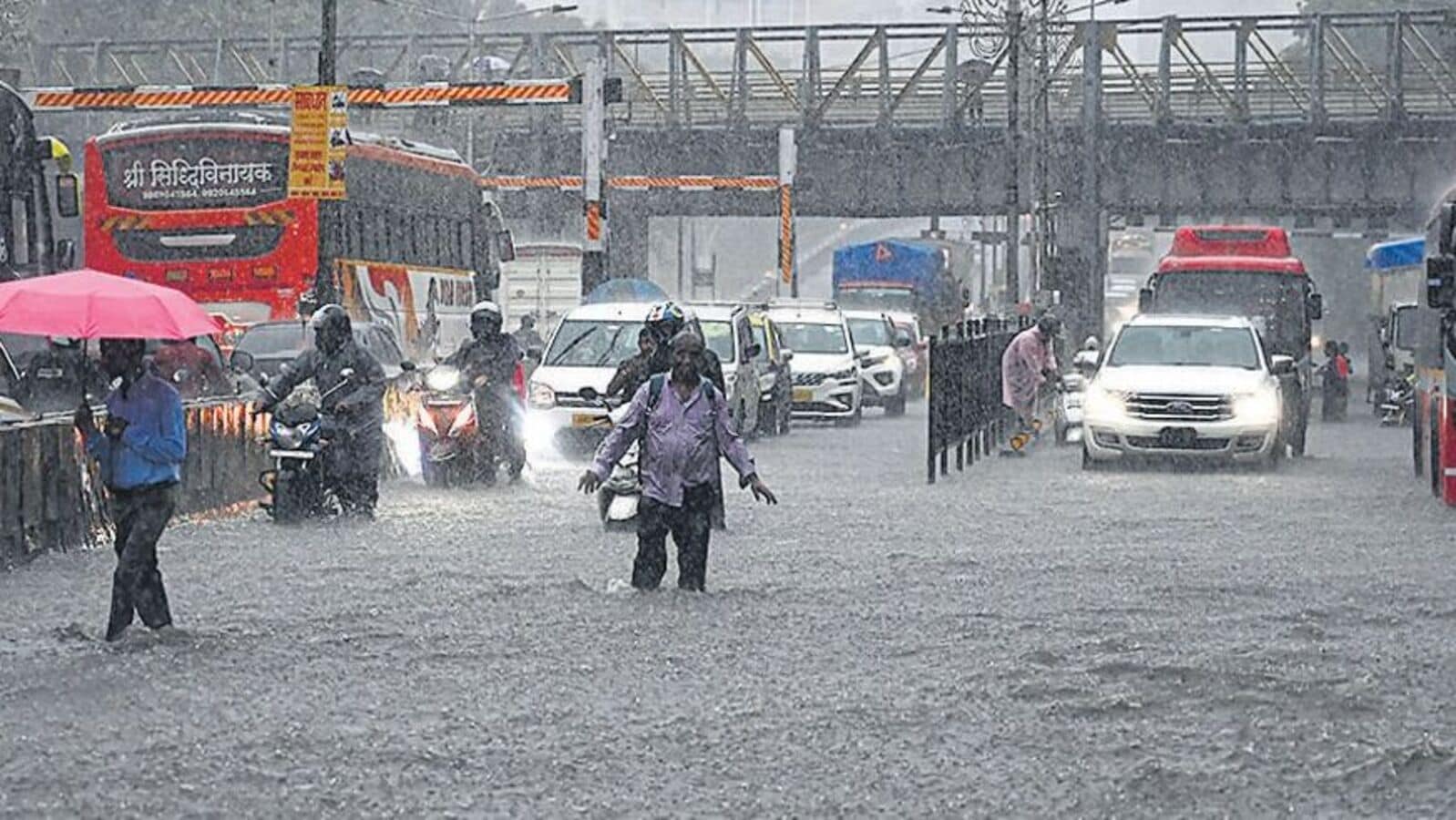The flight data recorder from the crashed Air India flight was recovered on Friday, which is expected to provide a critical understanding of the cause of the plane crash that claimed the lives of 241 passengers and several people on the ground.
The London-bound Boeing 787 crashed into a medical college hostel in a residential area of Gujarat’s Ahmedabad shortly after takeoff on Thursday, June 12. The plane’s digital flight data recorder or black box was recovered from a rooftop near the crash site, and the Aircraft Accident Investigation Bureau said that it had begun its work with “full force.”
Also Read: How is aviation insurance payout calculated? Will it be India’s costliest? Experts decode
Meanwhile, Civil Aviation Minister Ram Mohan Naidu said in a post on X that the black box recovery marks an “important step forward in the investigation”.
The Flight Data Recorder (Black Box) has been recovered within 28 hours from the accident site in Ahmedabad by AAIB. This marks an important step forward in the investigation. This will significantly aid the enquiry into the incident, Naidu added.
What is a Black Box and what it can reveal?
A black box in aviation refers to two critical flight recording devices on an aircraft: Flight Data Recorder (FDR) and Cockpit Voice Recorder (CVR).
Flight Data Recorder – This device records important flight parameters like speed, altitude, engine performance, heading, and flight control movements.
Cockpit Voice Recorder – This records audio from the cockpit, including conversations between pilots, alarms, and ambient sounds.
Also Read: The week that was: When tragedy took flight
In the investigation of the Ahmedabad crash, the black box will play a key role in identifying whether the disaster resulted from a mechanical malfunction, engine failure, bird strike, onboard fire, or human error.
The black box will offer comprehensive information about the crew’s MAYDAY transmission, any system-generated alerts, and their efforts to regain control in the critical seconds following takeoff.
Furthermore, the device will reveal information about the engine and control settings, in addition to what the voice recorder will show about the cockpit conversations, Paul Fromme, a mechanical engineer with the UK-based Institution of Mechanical Engineers said in a statement, as reported by the Associated Press.
The DGCA said its enhanced inspection will include checks of various systems and a review of take-off parameters of the Boeing 787 Dreamliner aircraft of Air India owned by the Tata Group.
How do FDR and CVR work?
Both FDR and CVR devices always collect and save data during a flight. The FDR logs technical and performance metrics, while the CVR records sound inside the cockpit, according to reports. In the event of an accident, this stored data is retrieved and analysed to understand what was happening mechanically and among the crew in the moments leading up to the crash.
‘Mistake in data could result…’: Here’s what safety consultants say
Aviation safety consultant Jeff Guzzetti, a former crash investigator for both the US National Transportation Safety Board and Federal Aviation Administration, said investigators should be able to answer some important questions about what caused the crash as soon as next week as long as the flight data recorder is in good shape.
Investigators likely are looking at whether wing flaps were set correctly, whether the engine lost power, whether alarms were going off inside the cockpit and whether the plane’s crew correctly inputted information about the hot temperature outside and the weight of the fuel and passengers, Guzzetti said, as reported by AP.
Mistakes in the data could result in the wing flaps being set incorrectly, he said.
(With inputs from agencies)





